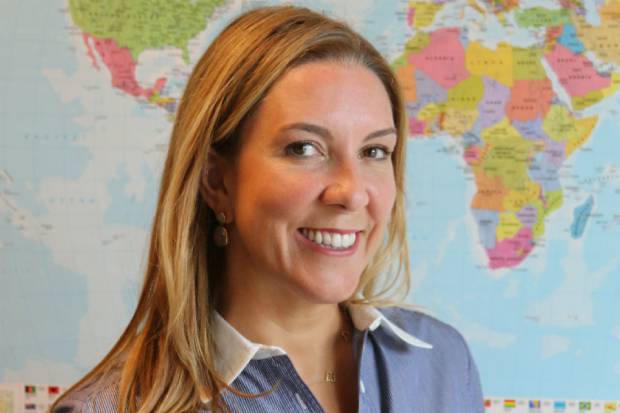Antonia Romeo, Permanent Secretary, Department for International Trade, and Civil Service Gender Champion
More than 18 ministerial and non-ministerial departments have published their latest gender pay gap data. It’s the third year of mandatory reporting and the third in which the Civil Service has published well ahead of the 30 March deadline.
Across the whole of the Civil Service, the overall median gender pay gap for all staff has narrowed to 11.1% for 2019, down from 12.2% in 2018. This is markedly lower than the gap seen in the private sector, and consolidates a drop of almost 7 percentage points within the Civil Service since 2017.
April 2020 marks three years of mandatory gender pay gap reporting for large employers. These requirements, first introduced by the Government in 2017, have created more transparency on gender pay differences and initiated board-level conversations in over 10,000 organisations each year.
However, despite most departments moving in the right direction, the change is gradual and progress is not equal across departments.
The primary cause of the gender pay gap within the Civil Service is an imbalance in representation – women are over-represented in junior grades and under-represented in senior grades.
We’ve been working to tackle this imbalance at a senior level, and the proportion of female Senior Civil Servants (SCS) is now 45%. That is a record high, but this improvement is not replicated across all departments and career paths. We must be proactive in order to remove the so-called ‘glass pyramid’, where there are more women in the lower quartile of organisations than at the top, and where there are wider gaps for women, the higher they reach.
This is why we have adopted recommendations from the Government Equalities Office (GEO) and Behavioural Insights Team on closing the gender pay gap. We now use software that ensures job adverts for senior roles do not contain gender-biased wording; have banned single sex shortlists; offer development, mentoring and sponsorship; ensure interview panels are diverse; and promote family friendly policies among men as well as women. We continue to test the effectiveness of these new policies so we can target our activities in the best way possible.
We are also listening to women across the Civil Service. Their experiences are core to our approach in tackling inequality. Our departmental staff networks – at both a departmental and cross-Civil Service level – as well as senior champions, are vital partners in tackling gender equality.
This work matters. The Civil Service must be representative of society, not least because it better equips us to meet the challenges we face, and tackling our gender pay gap is a crucial part of this. Diverse teams have a greater breadth of experience and skills to deliver real impact in improving the lives of all citizens.
As we begin our 2020 Year of Inclusion, I hope that all civil servants will think about how they can support the gender equality agenda, and how we can achieve our ambition for the Civil Service to be the UK’s most inclusive employer.



